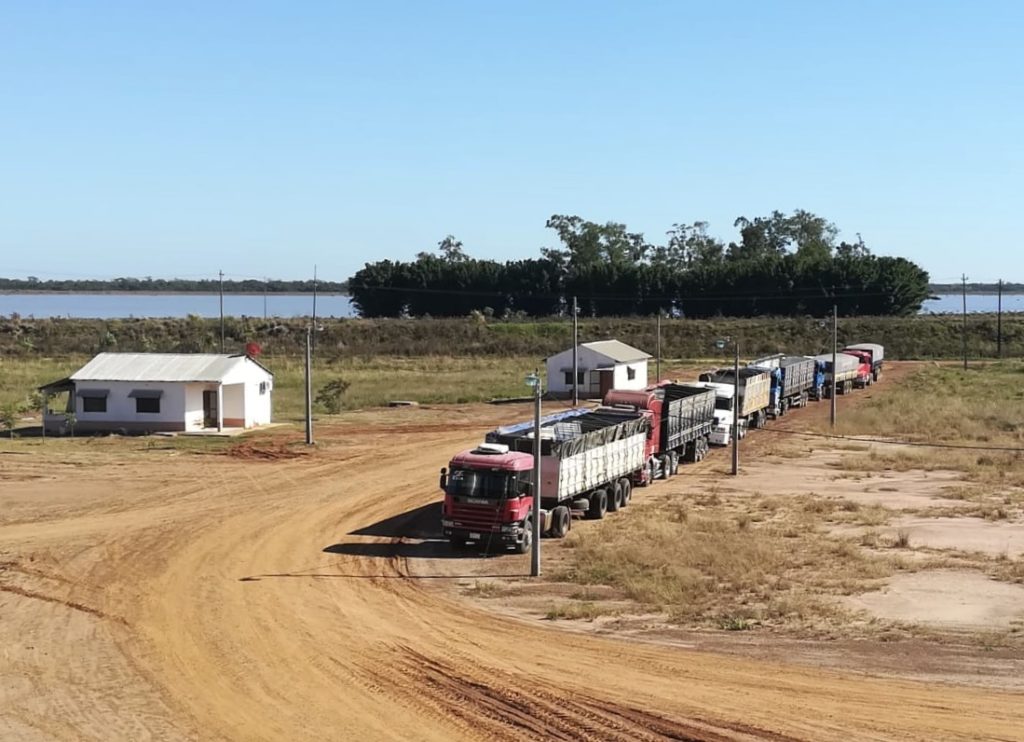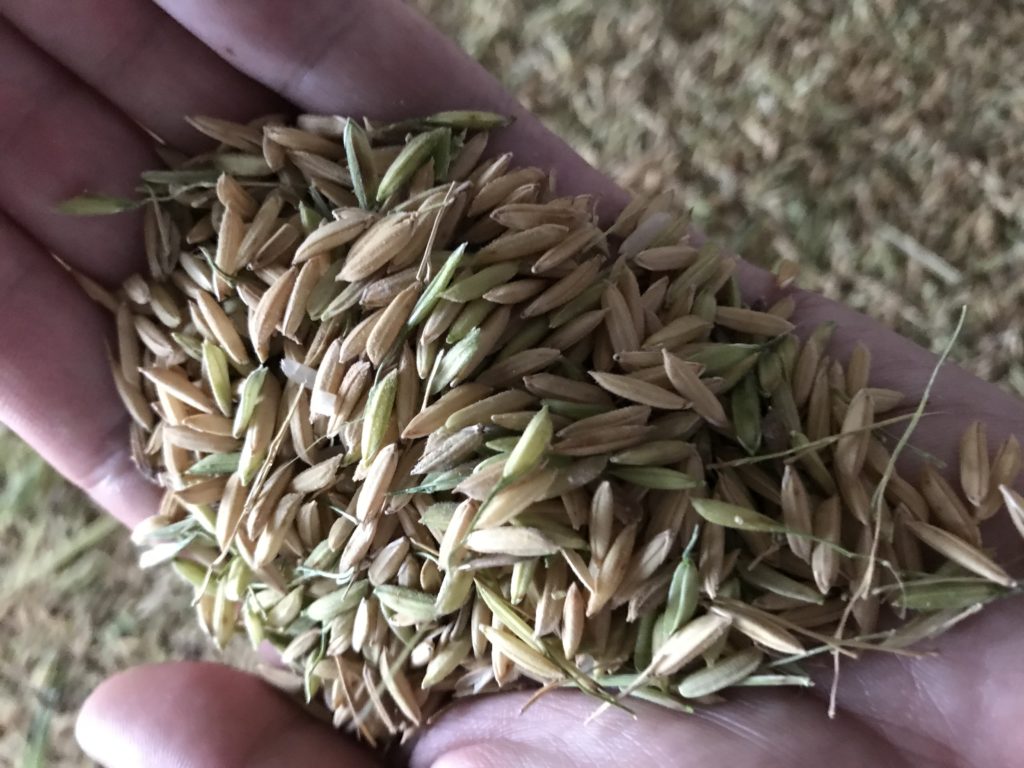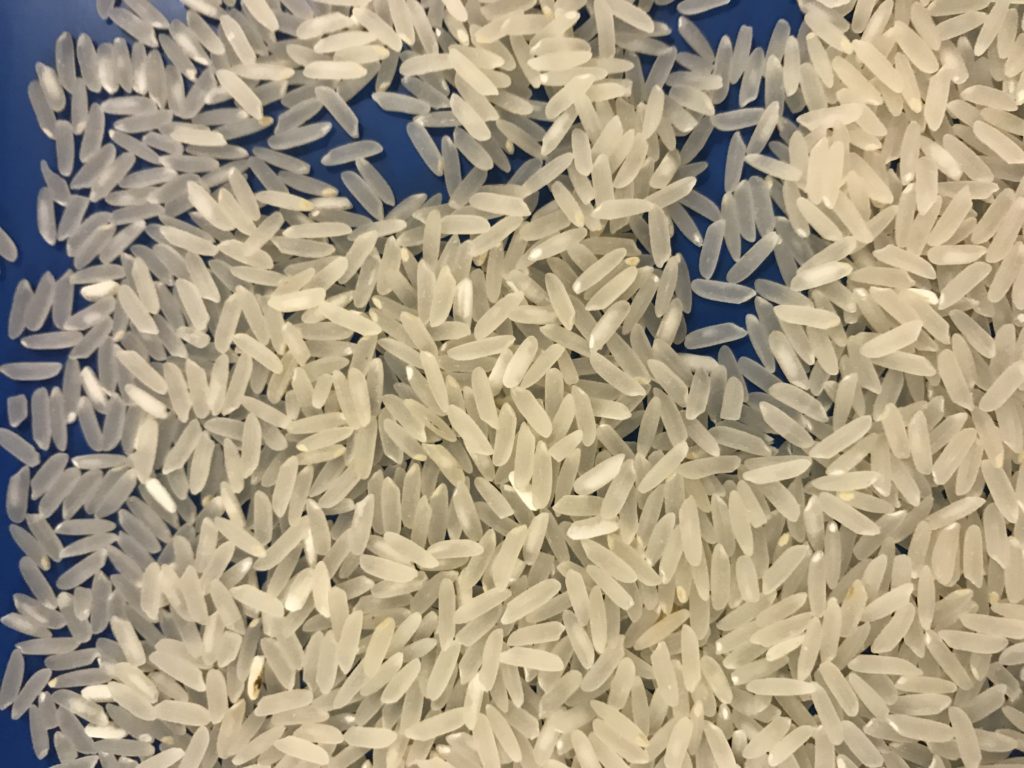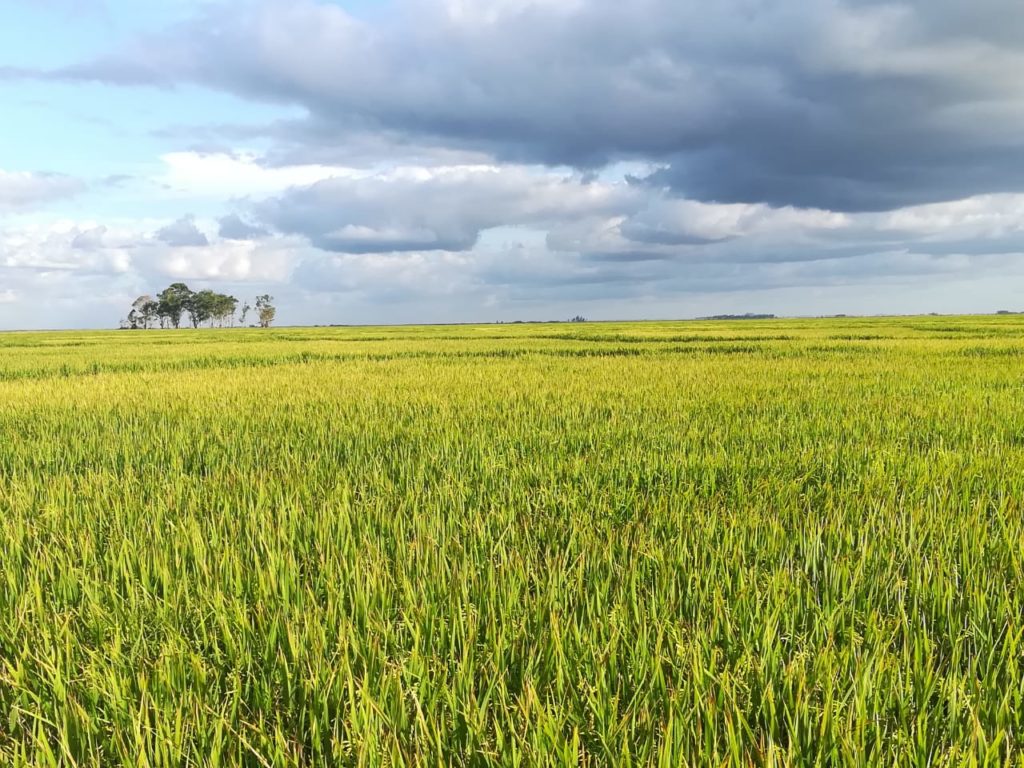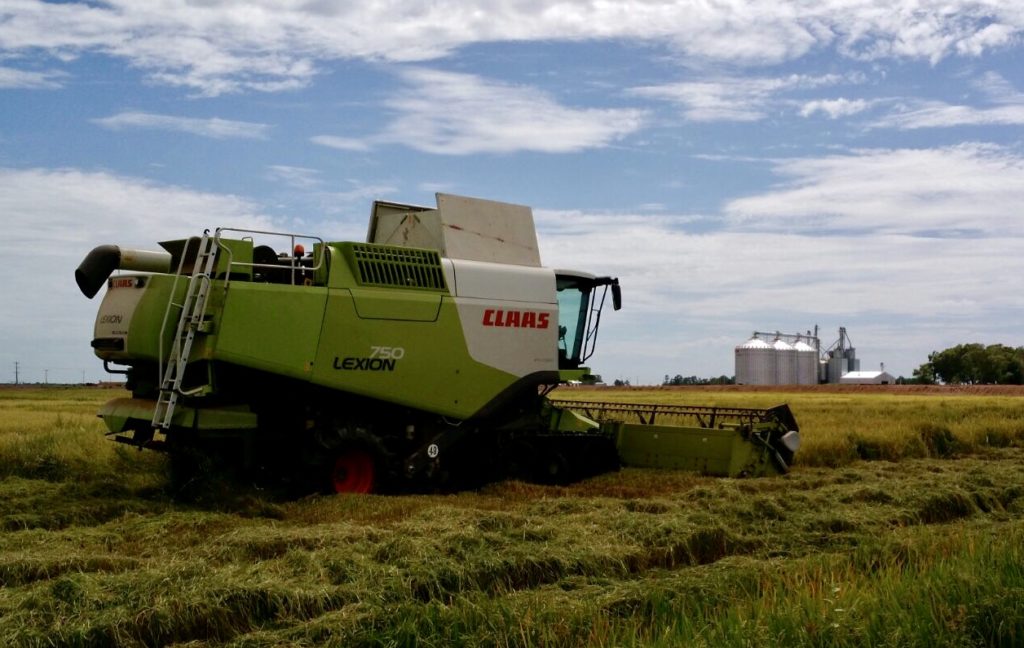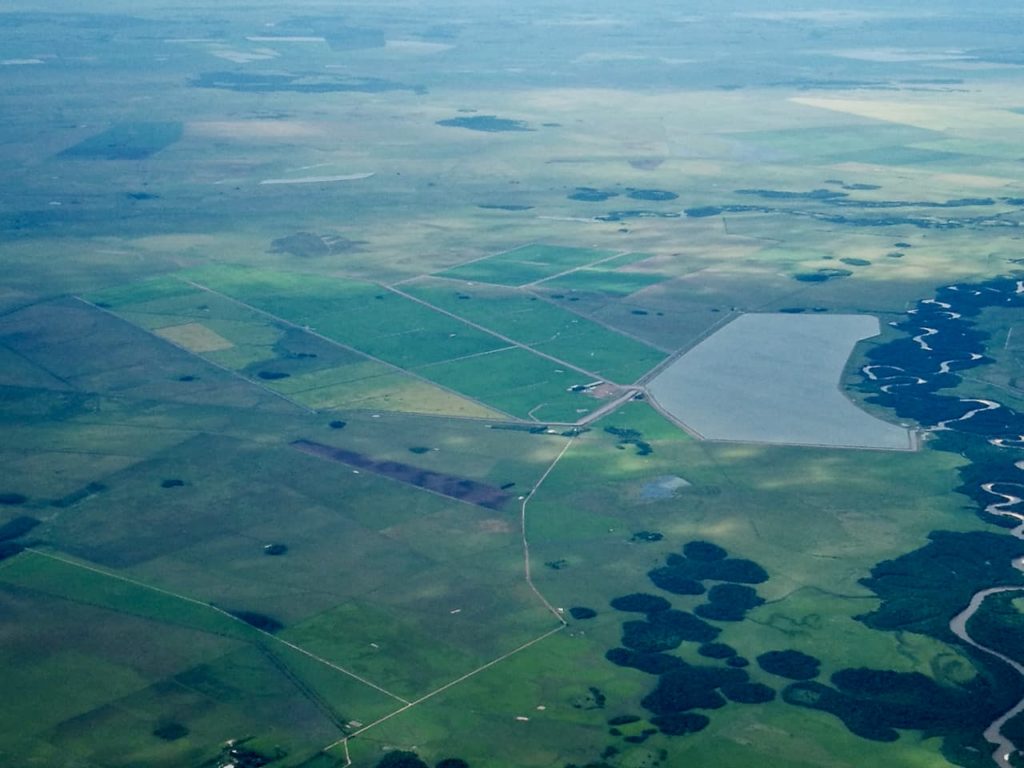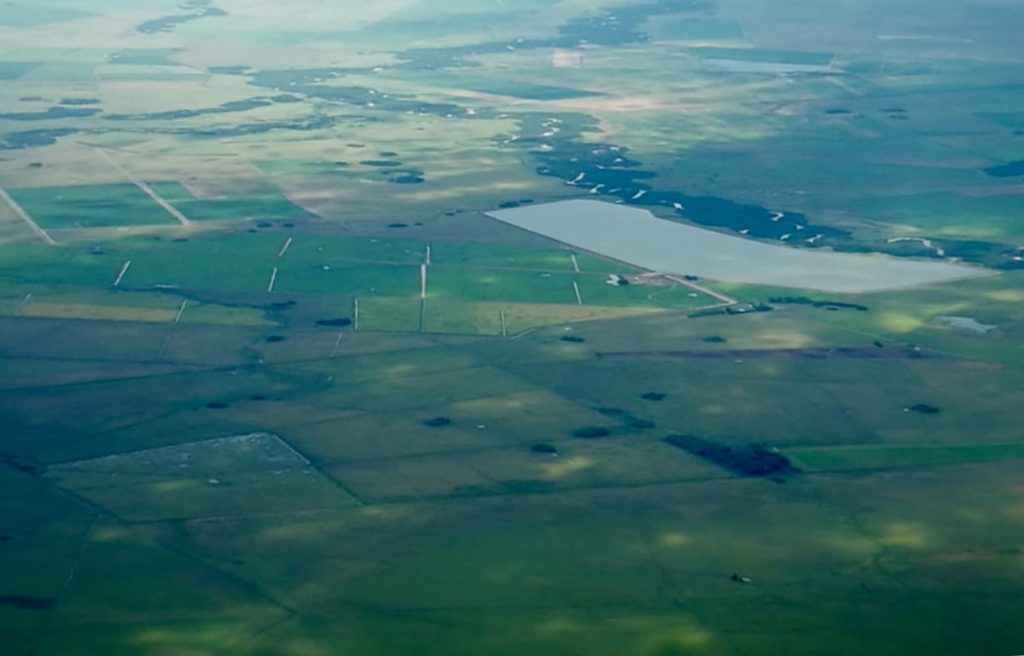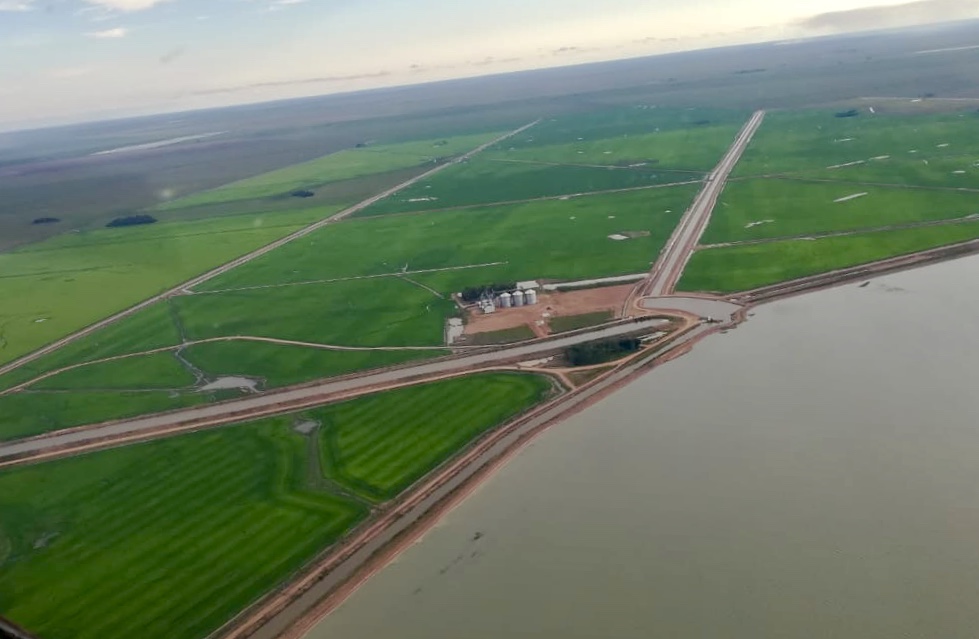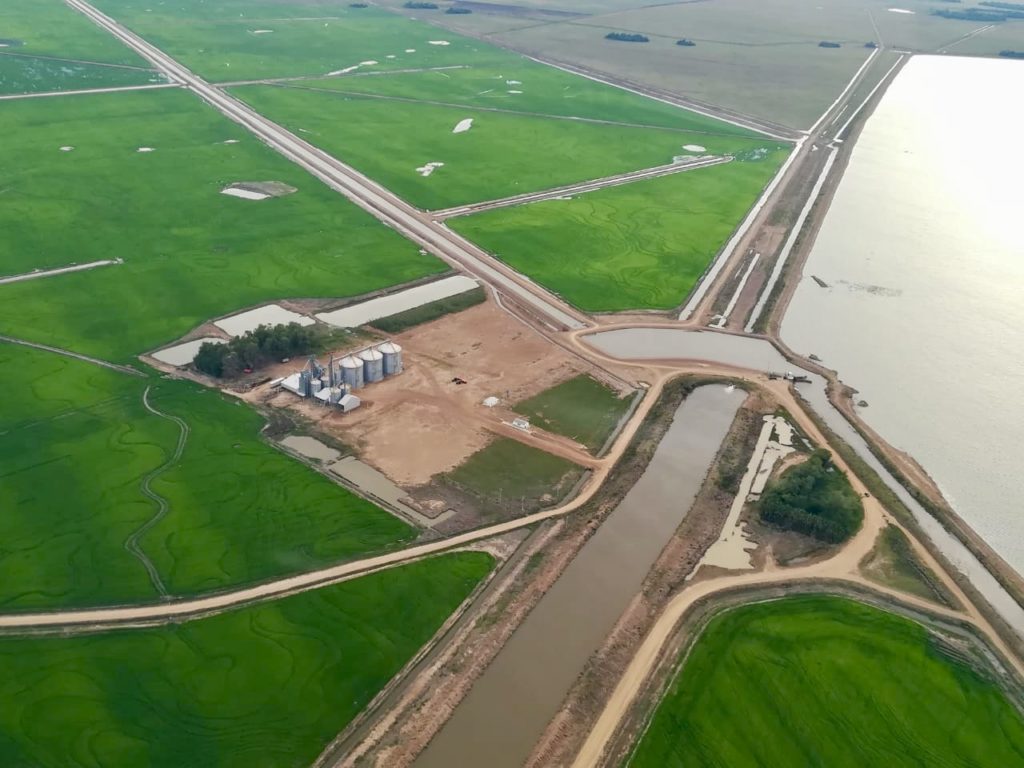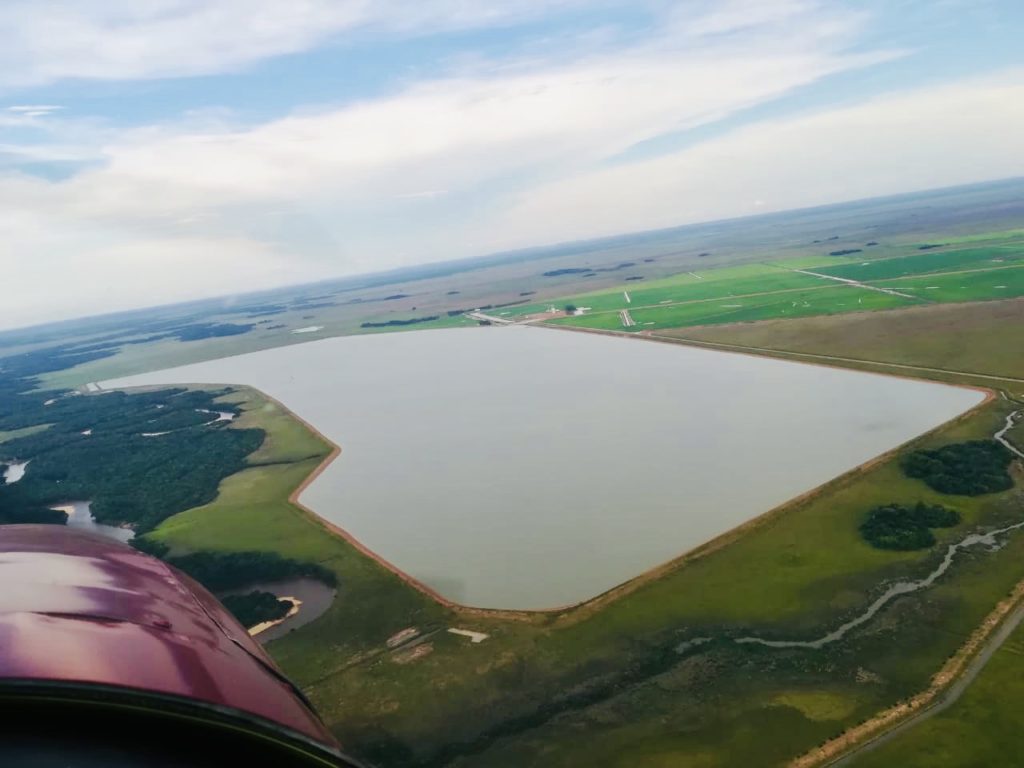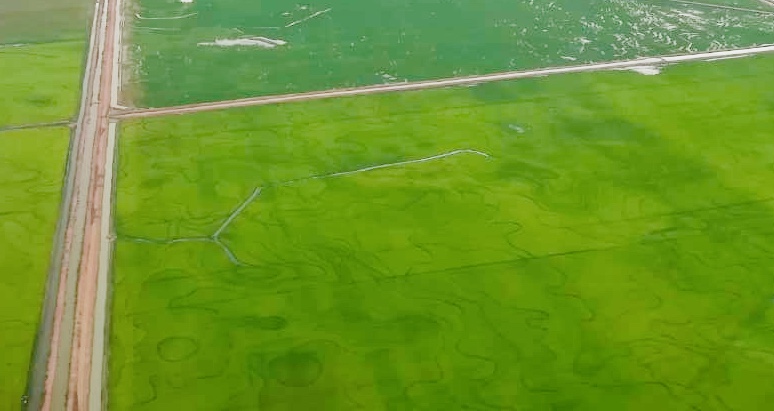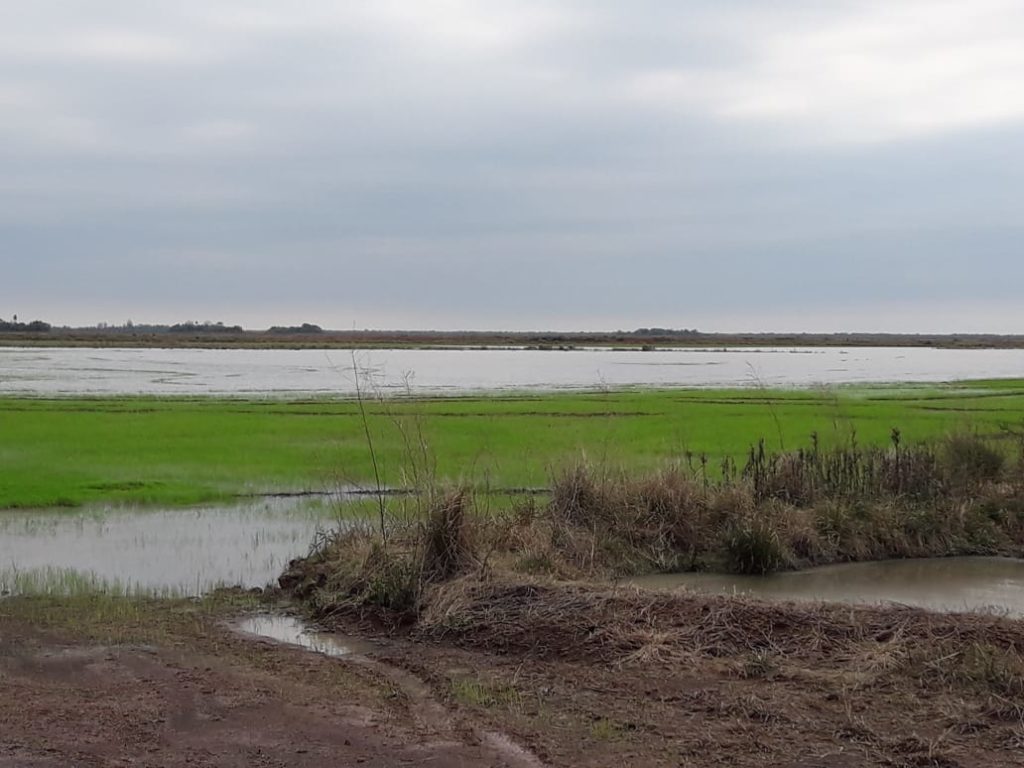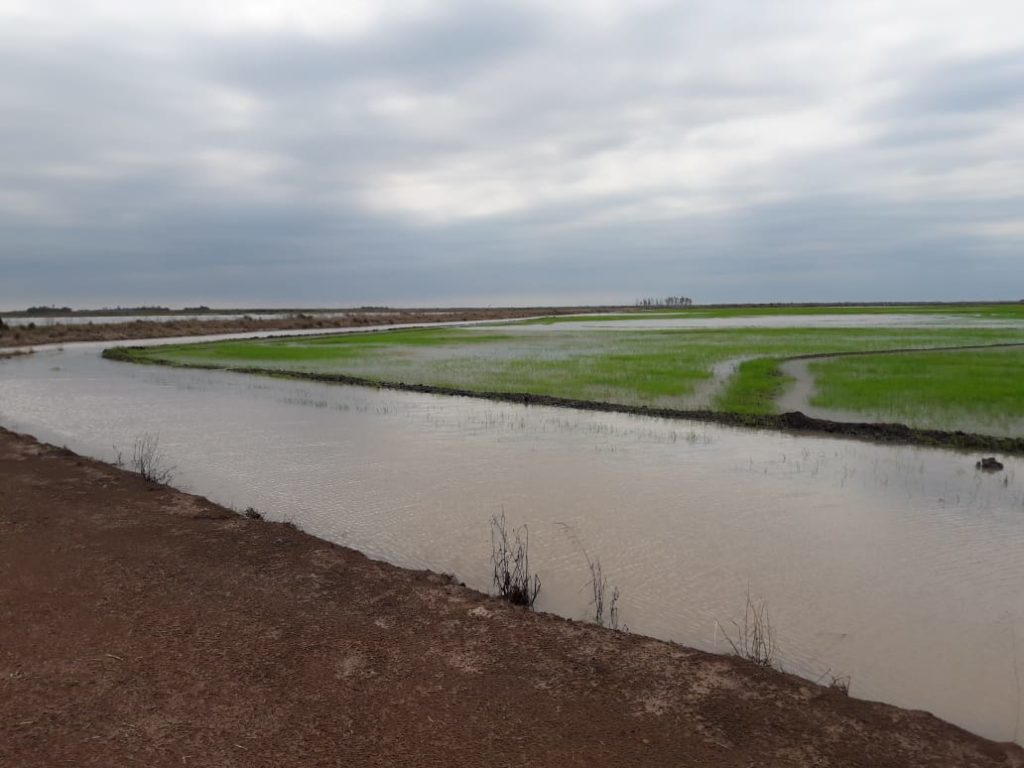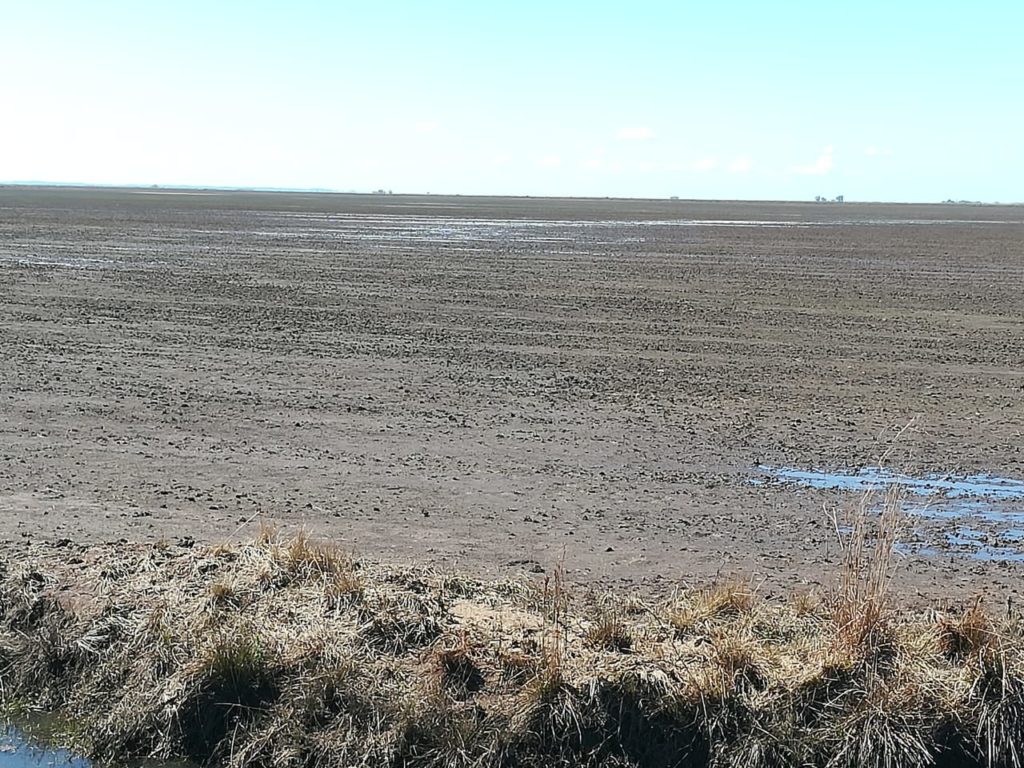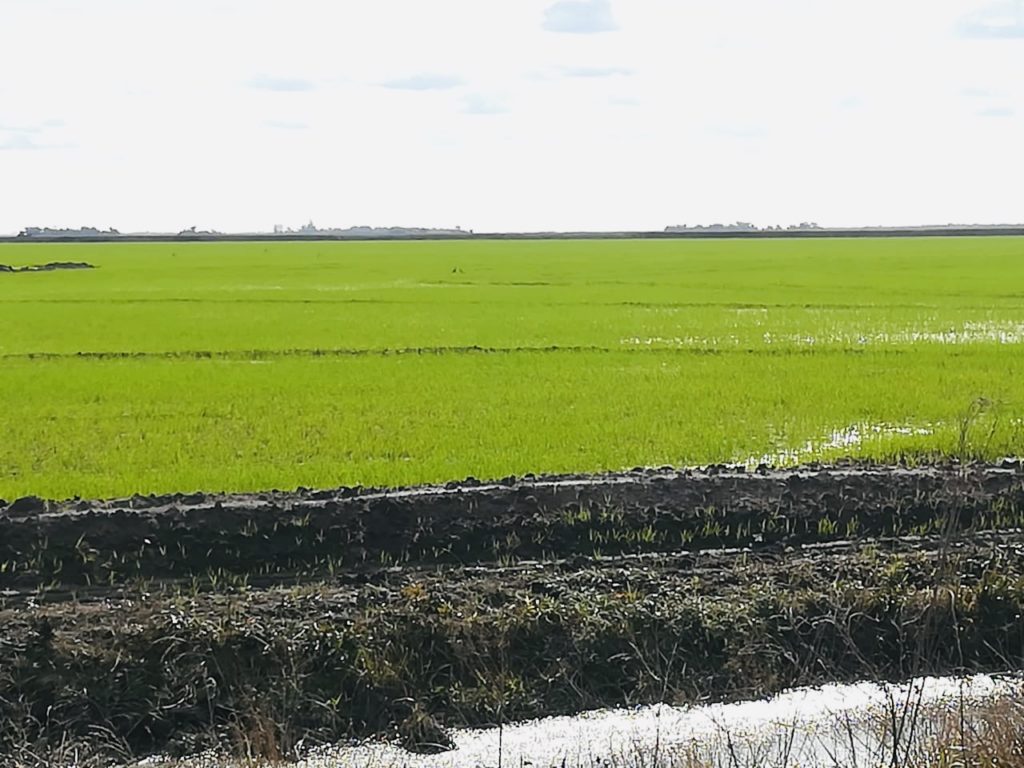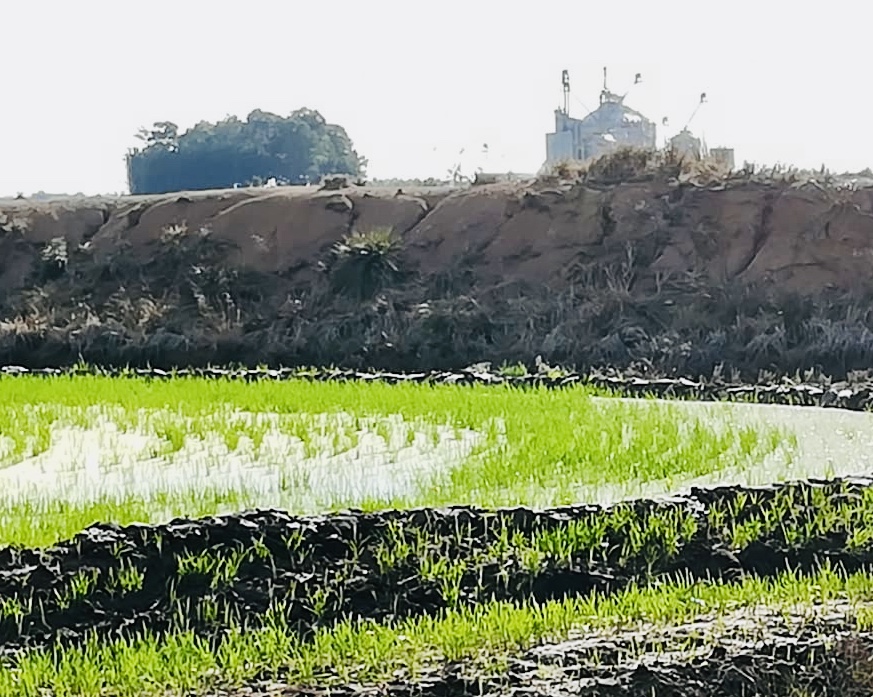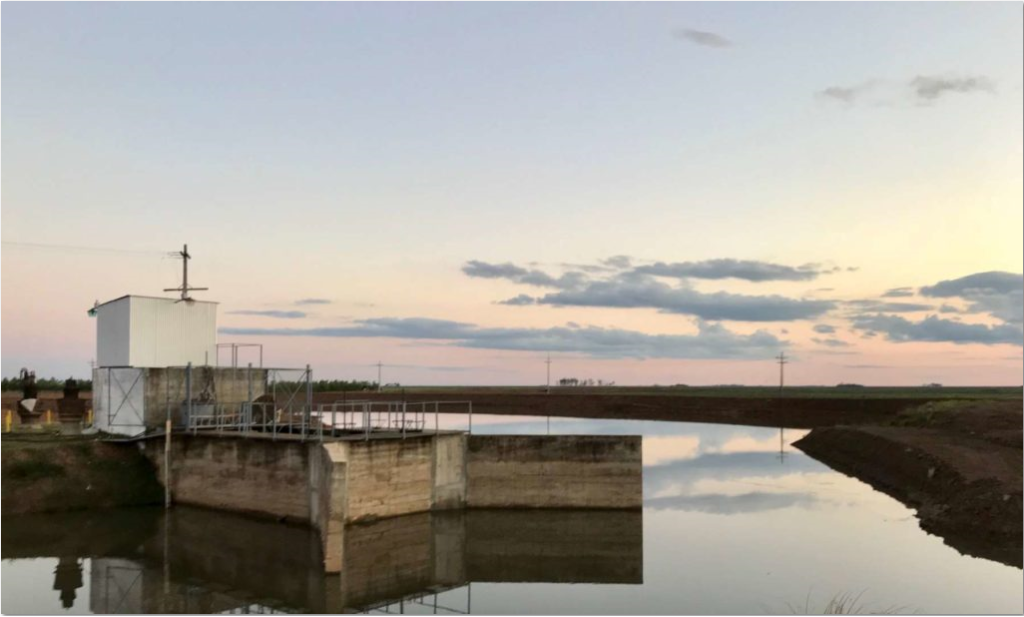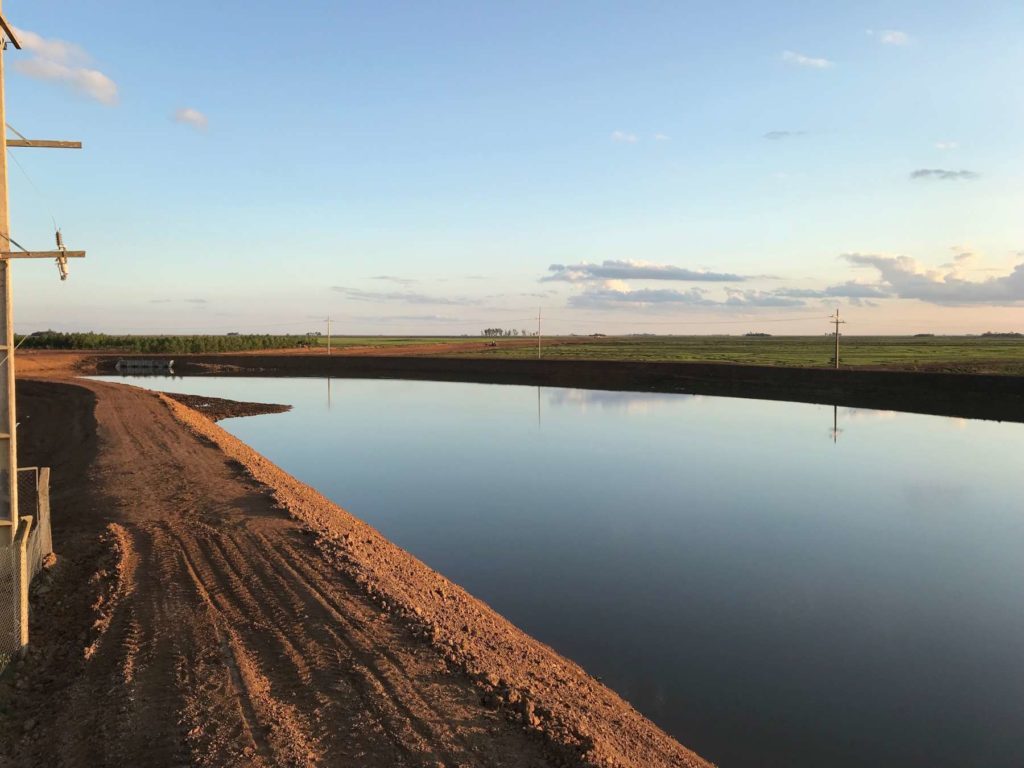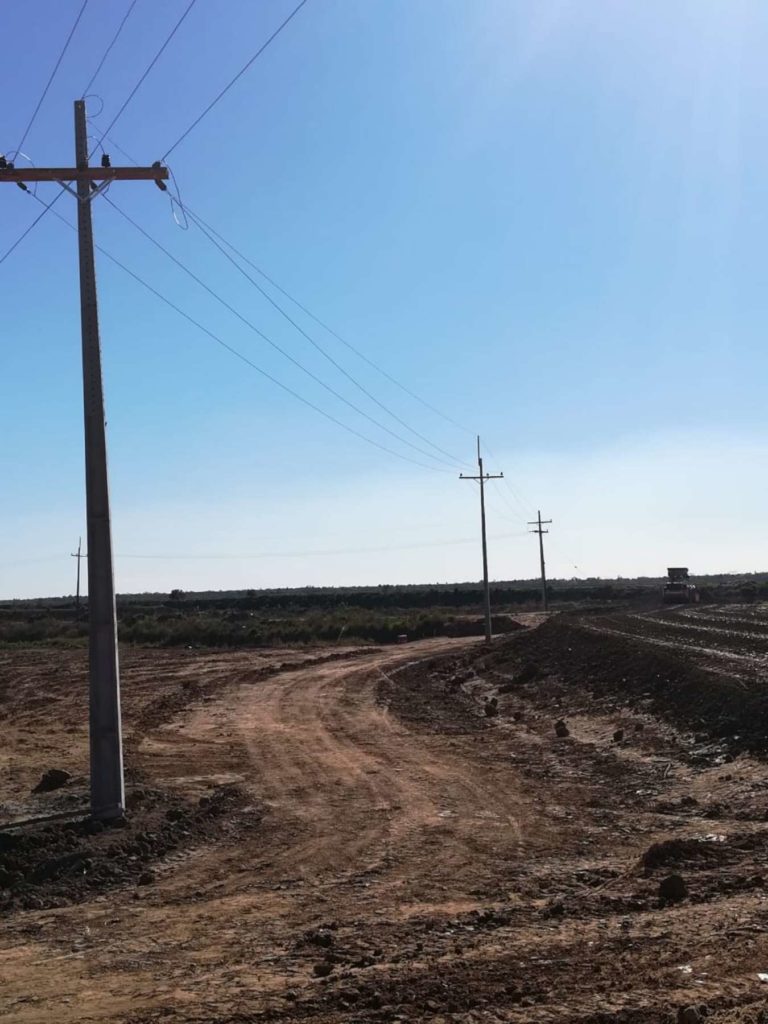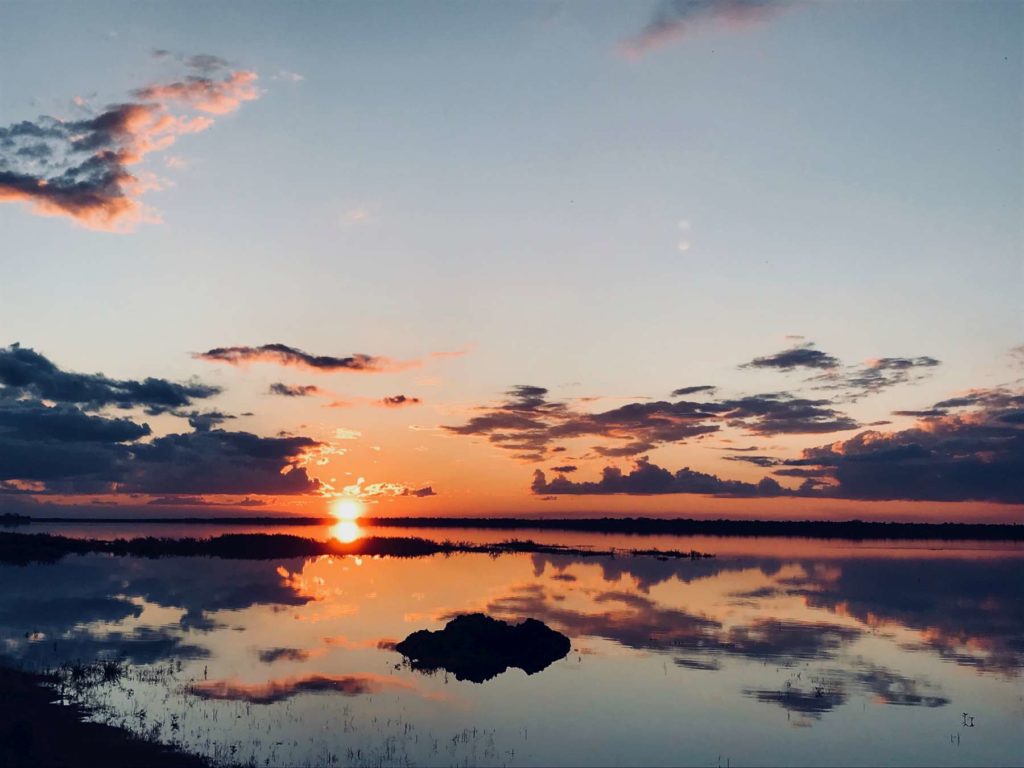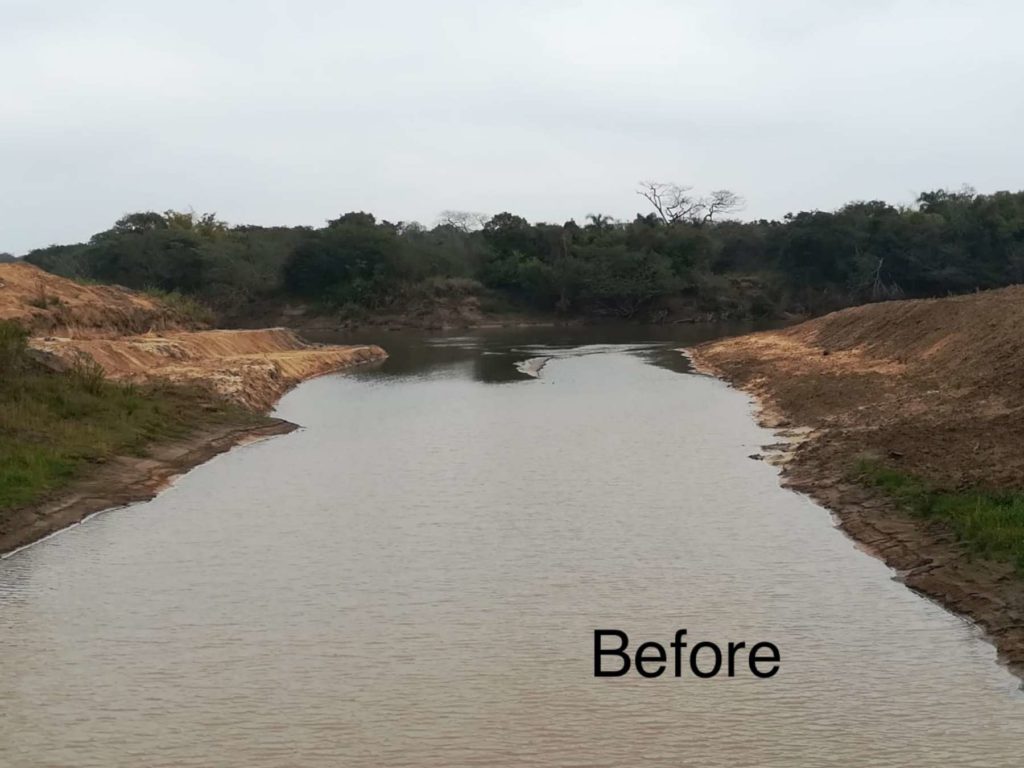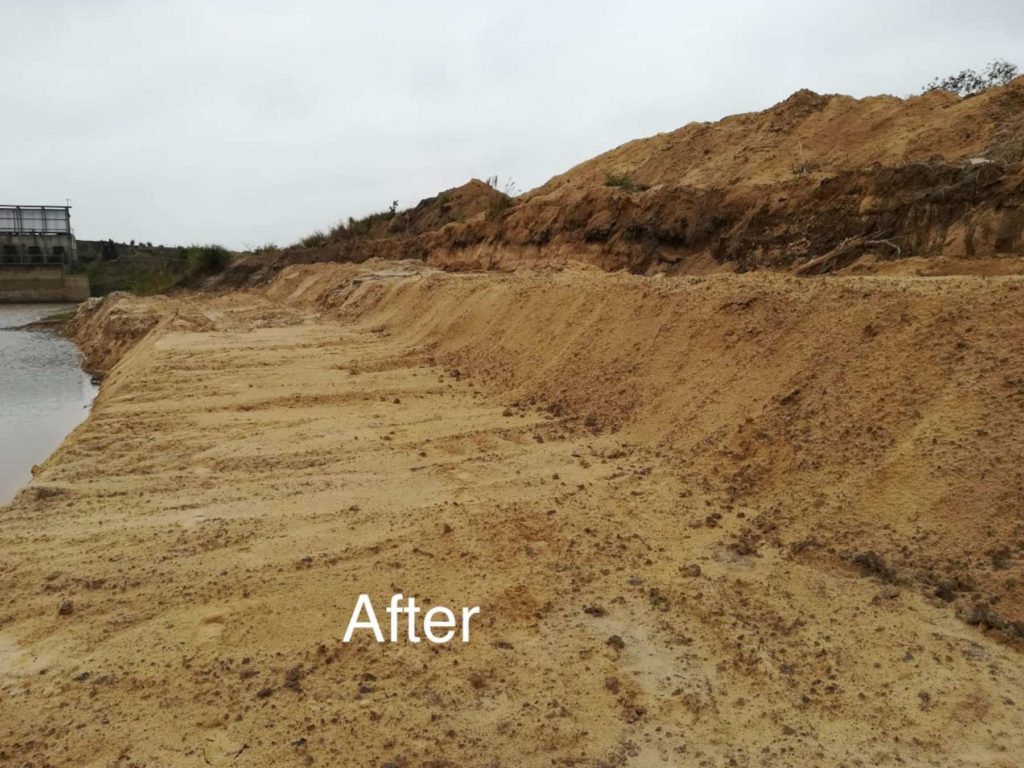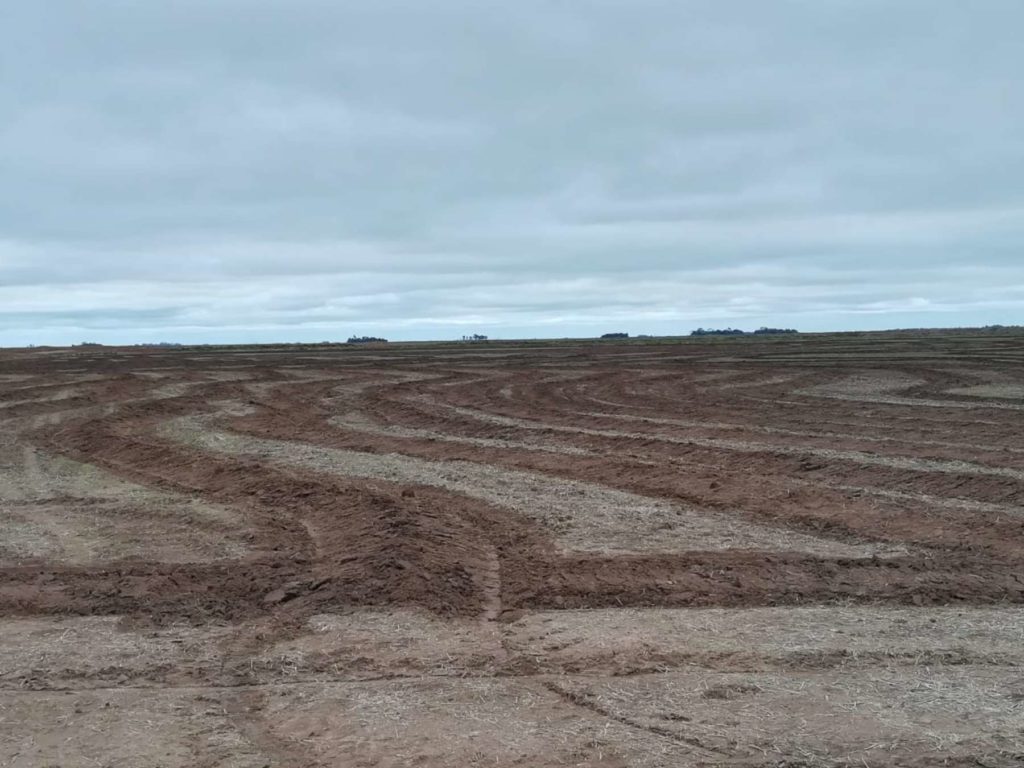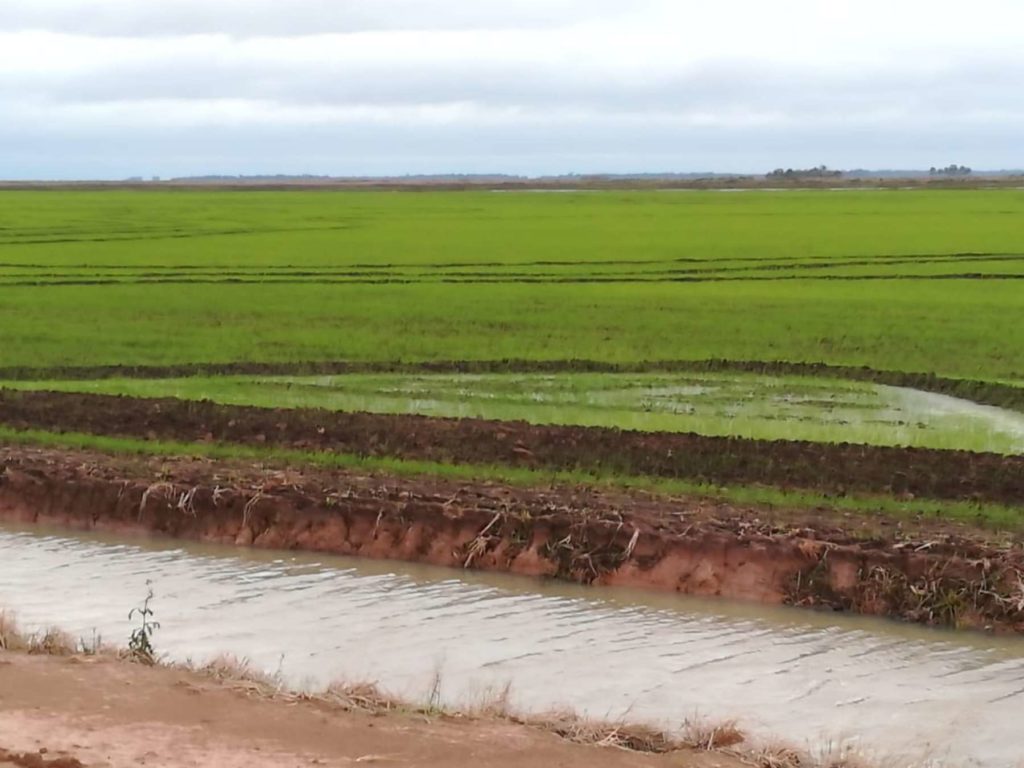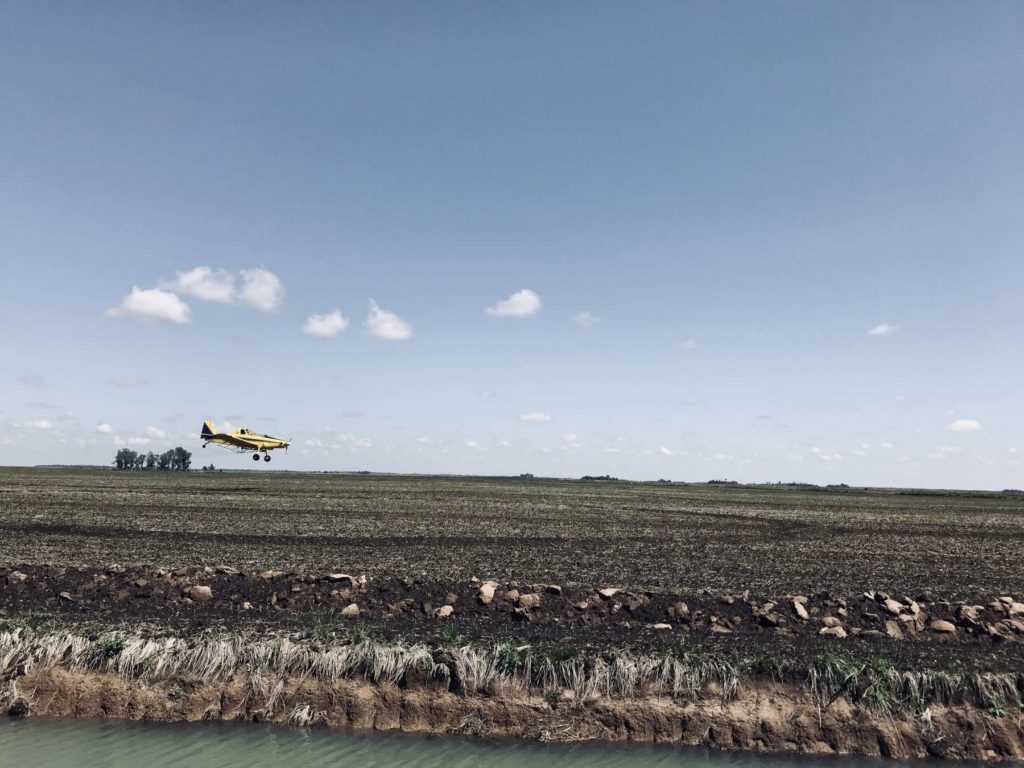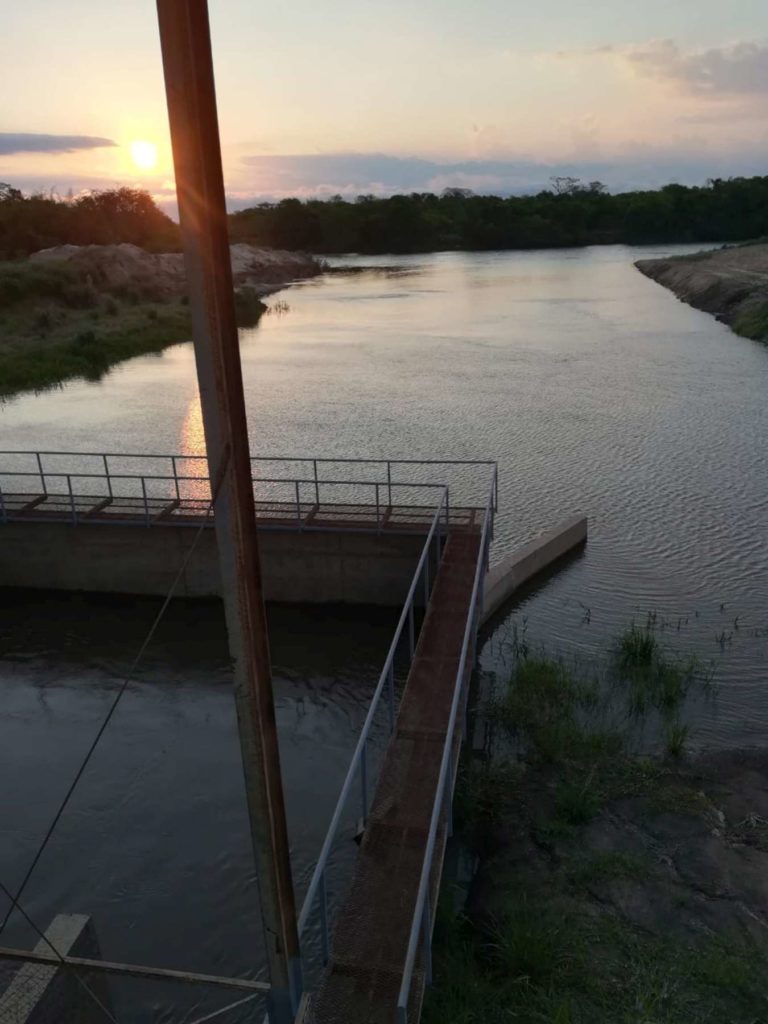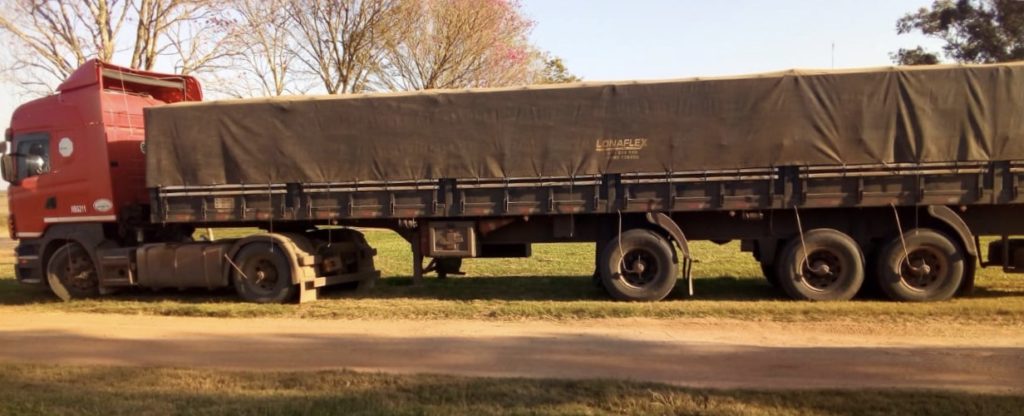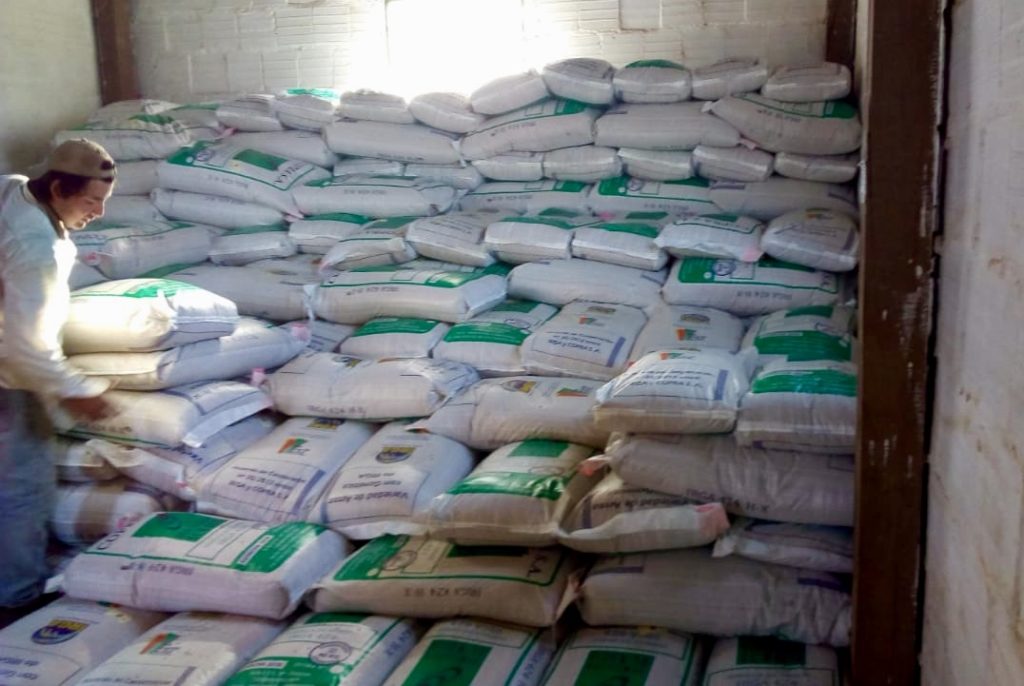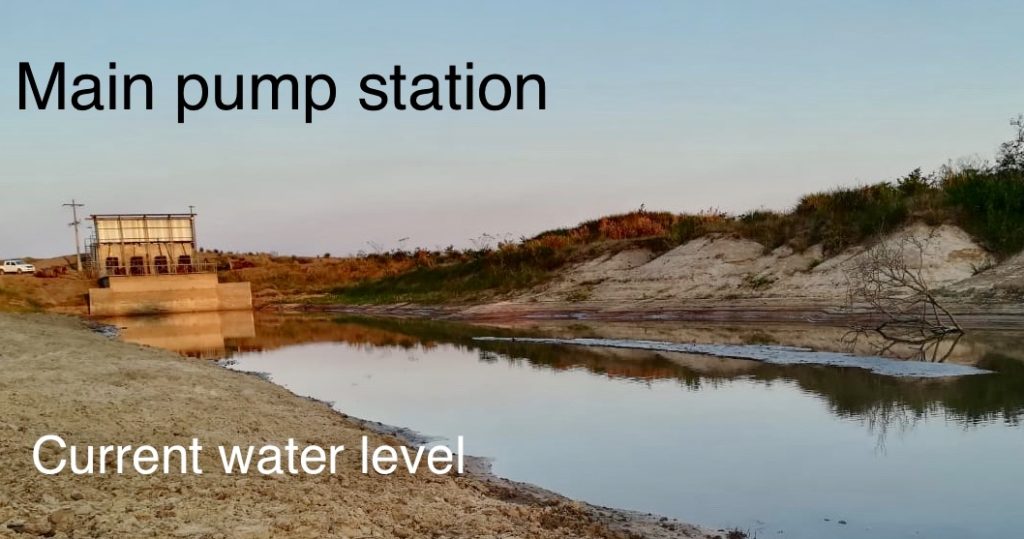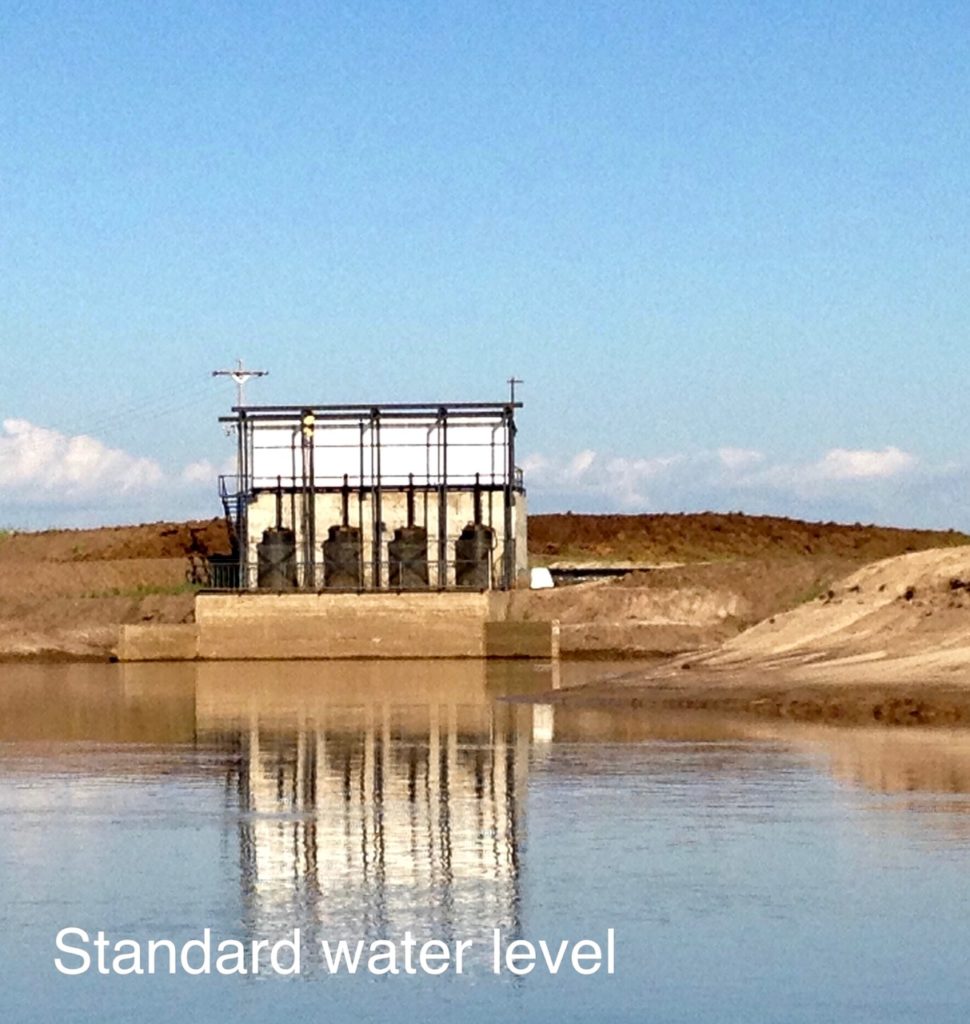Flooding from torrential rains are behind us now at the farm. Over the first 20 days of May, we registered 600 mm of rains while the annual historical average is 2,040 mm. Soils were completely saturated with water. The good news is that the irrigation system channeled the excess water and drained most of the soil quickly.


A month ago, the level of the water at the main pumping station was up to the hand of Lucio, our farm manger.
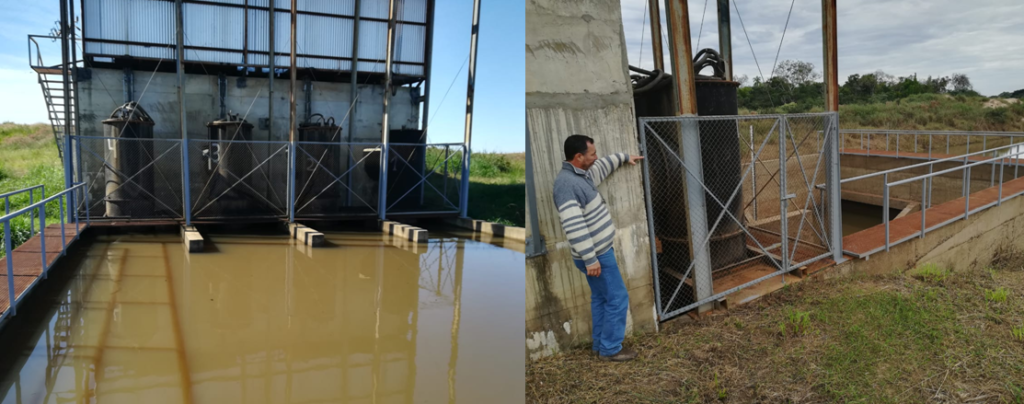
Due to the velocity and pressure of the water, we had to replace some concrete pipes of internal roads by others we had in stock.
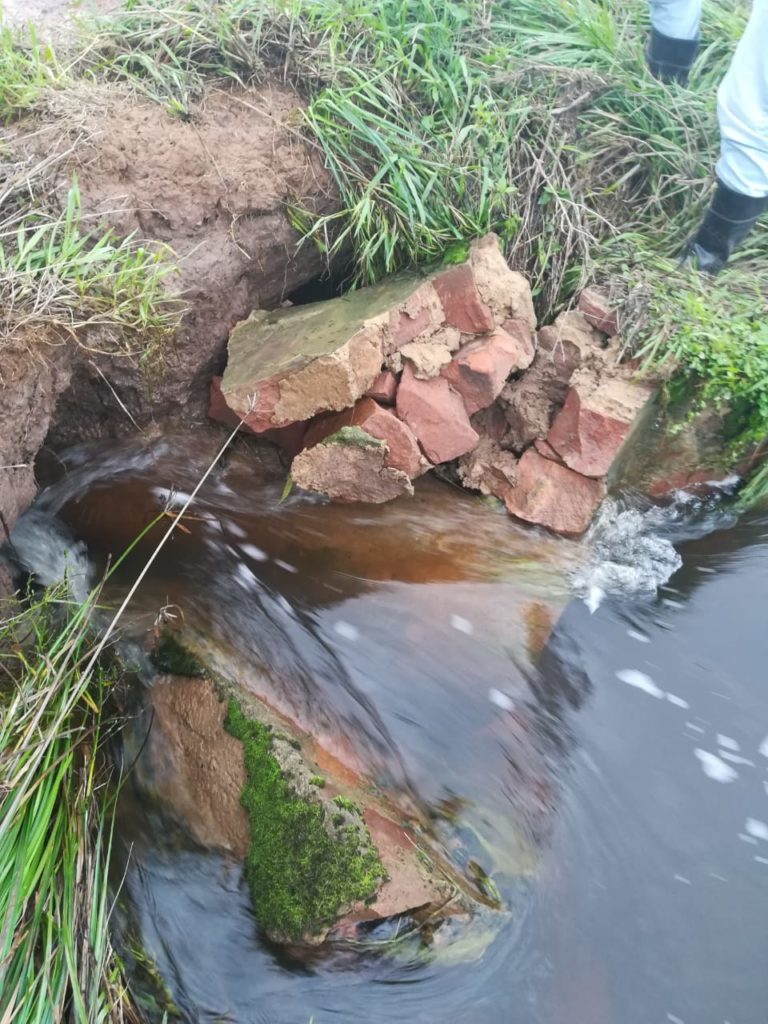
The roof of the master house of the farm, which was not of the most recent, was also affected and we had to replace it as you can see.

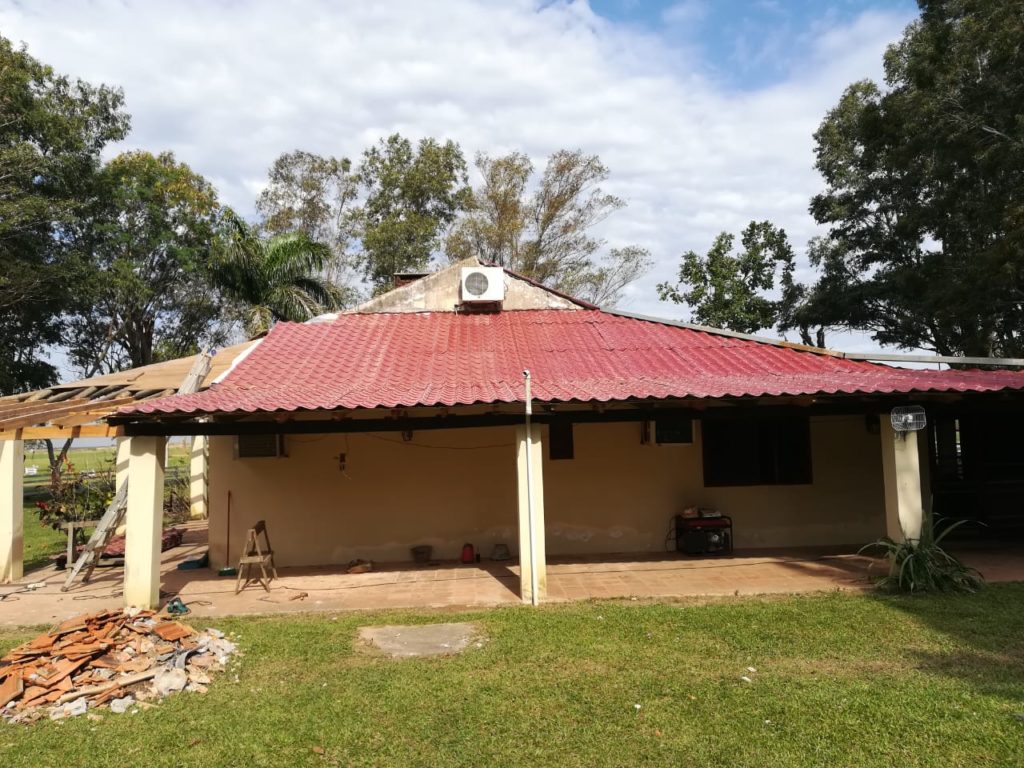
In some secondary drainage channels, we are consolidating inclination and wall thickness as part of the ongoing maintenance but we have before to dry the excess water to allow the access to machines.
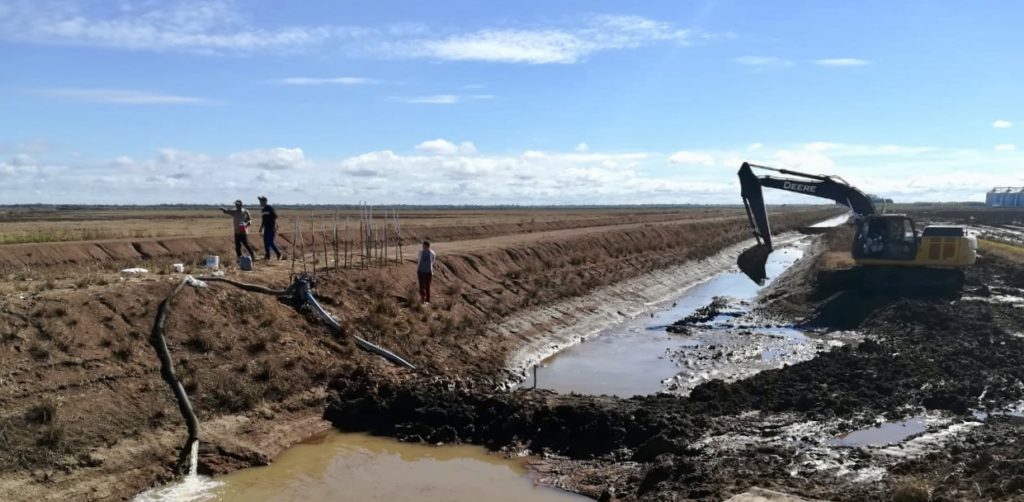
This period of the year is always dedicated to maintenance, and channels as well as the reservoir should be almost empty which is not the case is as you can see. Overall general maintenance is delayed and remains affected due to this excess water but we will make it.


As harvest was over and production stored in our silos, we have no damage on production to report contrary to other producers (some neighbours had not completed their harvest when the flood started). For those who stored their production in silo bags, situation is also complicated as production was lost or damaged. Our silos provide convenience, safety and security to our production. Overall, certain people might consider us lucky as other activities (soybean, corn, cattle, etc) are more heavily impacted by the situation.

Now, we have restarted to deliver our paddy rice to our clients to fulfill our contracts. Over 5,000 tons have been delivered and 4,000 tons remains to be sold; local rice prices have increase in comparison with the latest cycle (between $160 and $165 per ton to start) but Brazilian market is slow and down in term of price due to Real currency.

Next step, we are soon going to start with land preparation of the fields. Land preparation is important to ensure that the rice field is ready for planting. A well-prepared field controls weeds, recycles plant nutrients, and provides a suitable soil surface for direct seeding.


